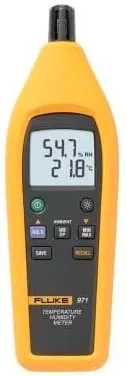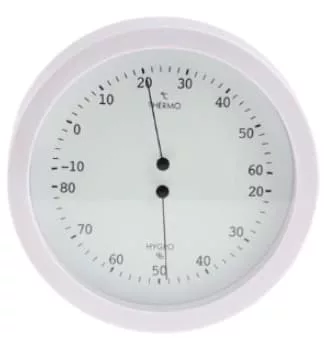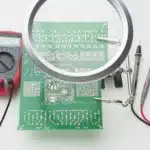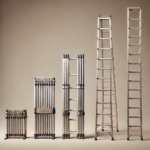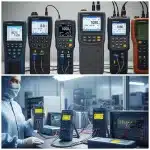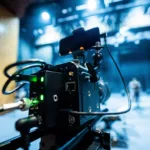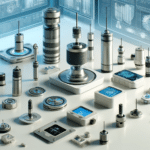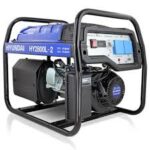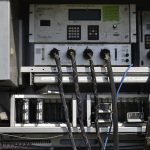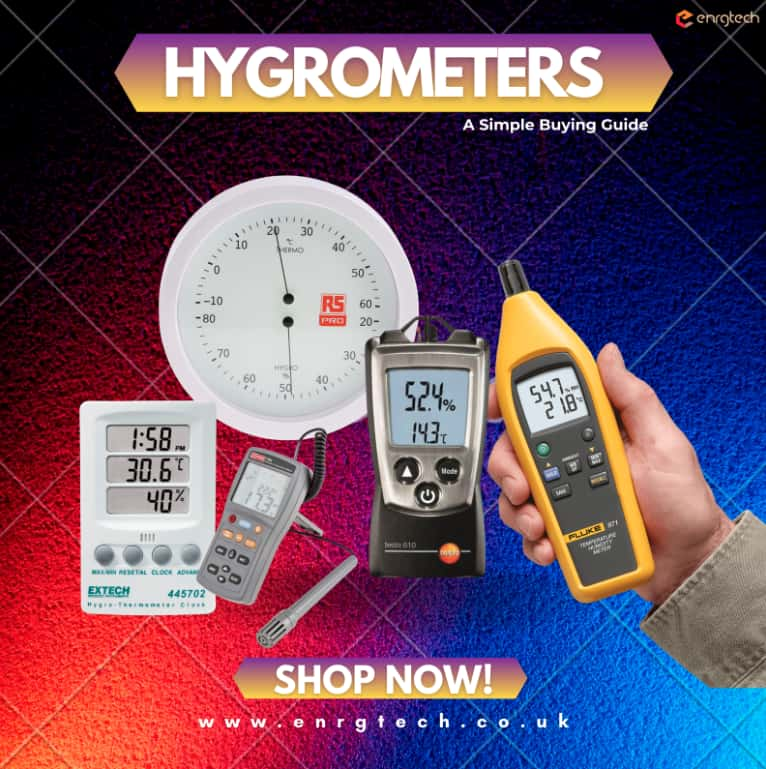
Introduction
Humidity affects daily comfort, safety, and health, shaping everything from protecting valuables to preserving the integrity of buildings. Whether you’re preserving artwork, storing sensitive equipment, or simply ensuring indoor air quality, hygrometers are your go-to devices for measuring humidity levels. But with so many options out there, how do you pick the right one? This simple buying guide will help you understand the popular types available and cover all you need to know before buying one, so you can make an informed purchase.
What Is a Hygrometer and Why Do You Need One?
Hygrometers, also called humidity meters, are precision instruments that measure the amount of water vapour or moisture (humidity) in the air. However, these test and measurement devices incorporate an enclosed sensor that responds to changes in the moisture content. A hygrometer features an easy-to-read LCD display, fast response times, and built-in temperature sensors for comprehensive climate assessment. Owning a quality humidity meter lets you monitor and adjust humidity levels, ensuring a healthier, safer, and more comfortable environment. It gives you real-time data—making it a smart investment for any home or business.
Why Measuring Humidity Matters?
Relative humidity (RH) quietly shapes everything from personal comfort, health, and the performance of electronic and electrical systems. High or low humidity can lead to various issues—excess moisture encourages mould growth and can damage sensitive electronics, while dry air causes static electricity and discomfort. Measuring humidity matters significantly across multiple applications. It plays a silent but powerful role in protecting our investment, health, and well-being. In short, keeping tabs on humidity helps regulate indoor climates, supports respiratory health, and preserves our valuables.
A Brief Look at the Two Standard Types of a Hygrometer: Analogue and Digital
When it comes to measuring humidity, hygrometers come in two main types: analog and digital. Analogue hygrometers, often called dial hygrometers, are the classic versions with a needle that points to the humidity level on a circular dial. Moreover, they don’t require batteries and are entirely mechanical. With no electronic components, an analogue hydrometer is more robust and can withstand some rough handling.
In contrast, digital hygrometers, as the name suggests, display the humidity levels on a digital screen. They use electronic sensors to measure the humidity levels and convert and display humidity values on the screen as a percentage. A digital hygrometer is favoured for its ease of use, precision, fast response time, and quick readings. Modern digital models come with additional features like temperature readings, humidity memory, and even backlights.
Core Buying Factors: Tips for Buying the Right Hygrometer
The perfect hygrometer for your needs will depend on its intended use, the level of accuracy required, and your budget. Once you’ve decided on your specific model, the following key features and specifications should be considered:
- Accuracy and Calibration
Look for stated precision and specific accuracy, usually expressed as a percentage (e.g., ±3% RH). The lower the number, the more accurate the device is. Factory calibration is common, but removable salt-test kits help you verify at home. Furthermore, many digital models include one-touch recalibration—vital after battery swaps or international shipping jolts.
- Measurement Range and Resolution
Consider the model based on your range and resolution. A typical household needs 20% – 90% RH coverage. Greenhouses may demand 10% – 100%. Resolution (the smallest detectable change) should be at least 0.5 %. However, for research, 0.1 % RH reveals subtle micro-climate shifts. Choose a clear, backlit display for easy reading in all lighting conditions.
- Response Time and Data Logging
Rapid sensor reaction (under 10s) lets you see how opening a window or running a dehumidifier changes conditions in real time. Digital models typically have much faster response times than analogue ones. Data-logging, either on-board or cloud-based, trends humidity for HVAC tuning, logging data over time, which can then be exported to a computer.
- Display and Readability
Large digits, backlighting, and colour trend arrows (green = ideal, red = high) translate numbers to intuition and enhance visibility. Wall-mounted units should tilt for eye-level viewing; desktop units need 180° viewing angles. For analogue models, ensure the dial is large enough and the markings are clear
- Connectivity and Smart Features
Modern hygrometers can feature connectivity options—Wi-Fi, Bluetooth, Zigbee—choose what your ecosystem supports. Smart alerts push phone notifications if RH drifts outside set thresholds. Some models integrate with Alexa or Google Home, triggering humidifiers automatically
- Power Source and Battery Life
For digital models, consider the battery types and their expected lifespan. USB-C rechargeables cut alkaline waste, yet alkaline AA cells last 12–24 months in low-update models. Lithium AA batteries are rated for -20 °C, guaranteeing winter operation. Balance freshness with maintenance workload.
- Portability & Price
Handheld models are perfect for on-the-go checks, while wall-mounted or desktop versions suit fixed locations. While analogue models are affordable and durable, digital and smart hygrometers offer more features for a slightly higher investment.
Where Should You Use a Hygrometer?
A hygrometer is an essential environmental test and measurement tool designed for monitoring humidity levels, and its use is beneficial in a variety of environments. They are most commonly used in:
- Living rooms, bedrooms, and basements to prevent mold or excess dryness.
- Greenhouses and gardens for optimal plant growth.
- Music rooms for pianos, guitars, and string instruments to avoid warping.
- Museums and archives to protect sensitive documents and artifacts.
- Industrial spaces, server rooms, and laboratories to safeguard equipment.
Final Thoughts: Make an Informed Purchase
Investing in a quality hygrometer brings peace of mind, healthier living, and better preservation of what matters most to you. From analogue to digital, basic to smart, there’s a hygrometer to fit every need and budget. In addition to the above selection parameters, remember to compare features, read user reviews, and prioritise accuracy. With the correct device, you’ll stay in control of your environment—no guesswork required!






